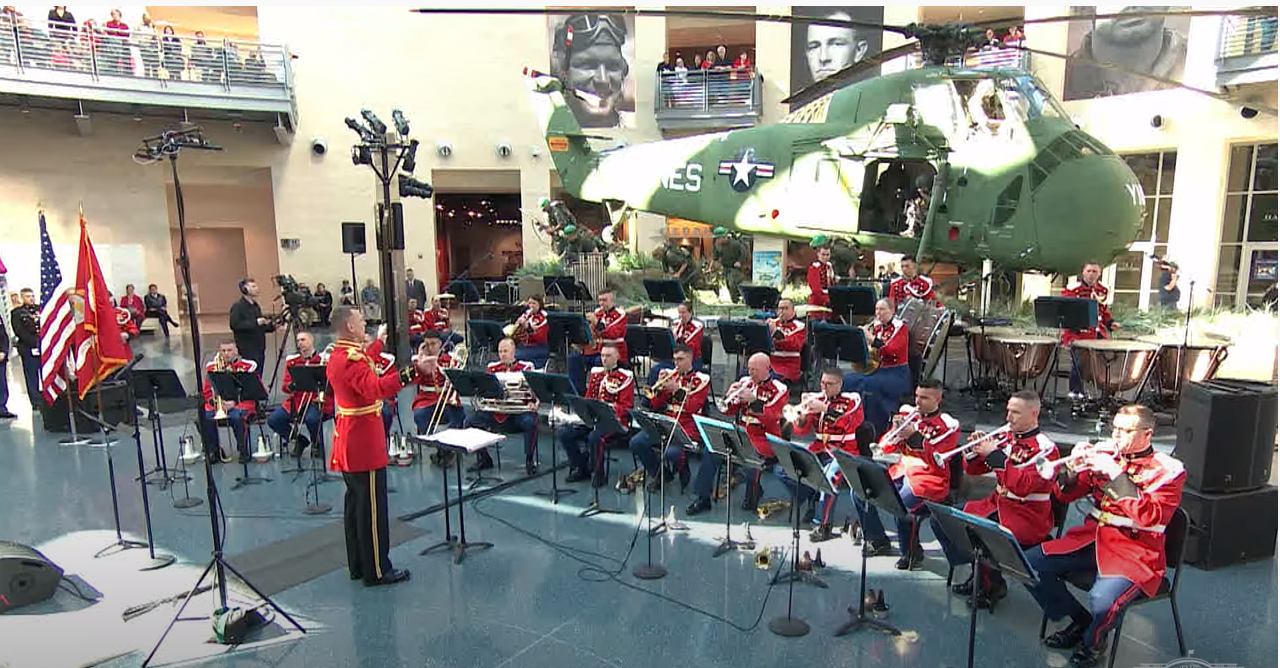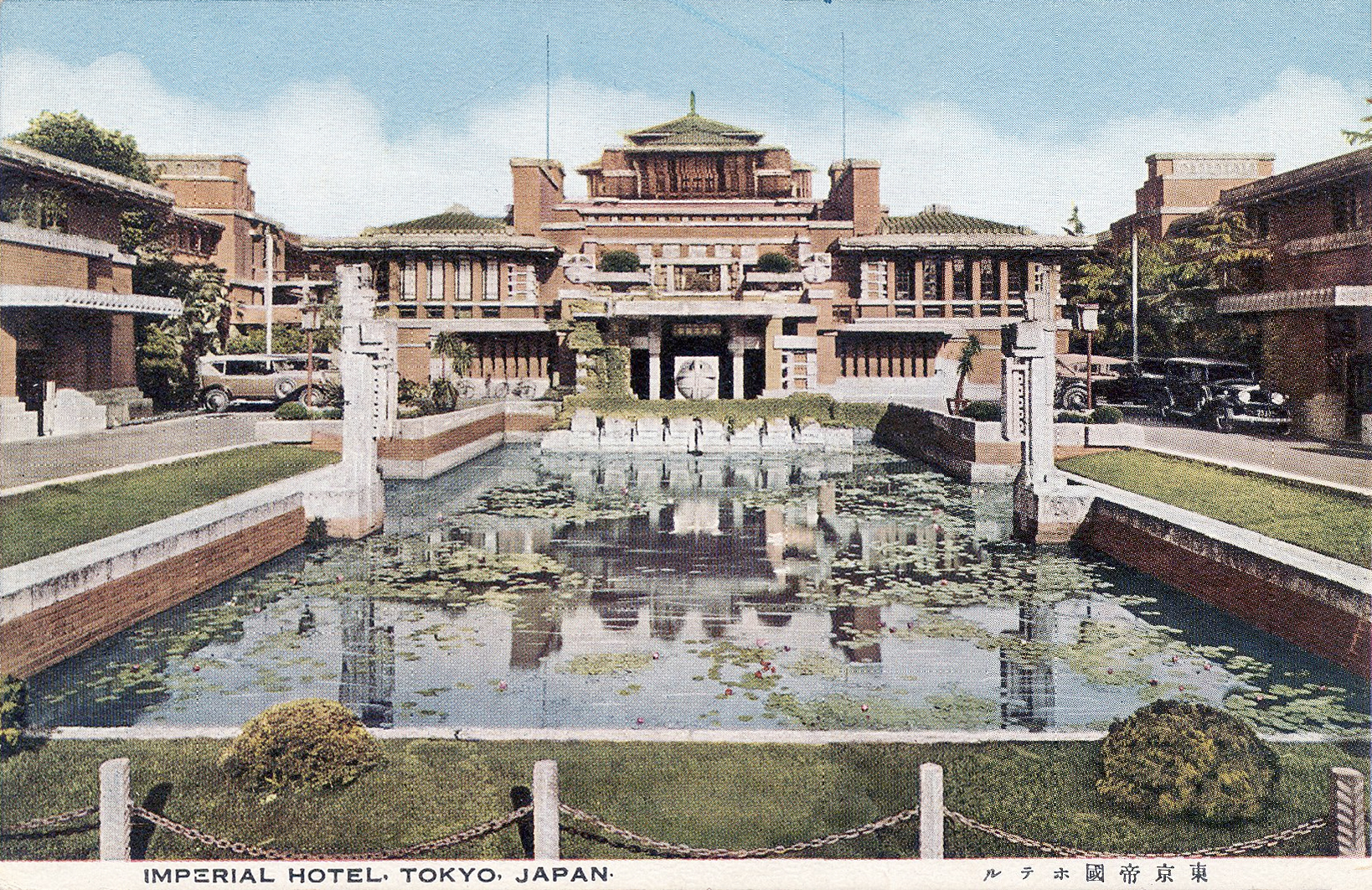(I’ve got to start doing these ahead of time again. Time, time, time.)
American composer Aaron Copeland was the son of Russian immigrants. Born in Brooklyn, NY in 1900, he was taught to play the piano by an older sister. As a teenager he decided that he would be a composer.
Good choice.
He first tried to learn composing via correspondence course. In 1921 he went to Paris to attend a new school for Americans at Fontainebleau. He came under the tutilage of Nadia Boulanger and became her first composition student. After 3 years, he returned to New York with his first commission, which was to compose and organ concerto for Boulanger’s upcoming American appearances. The piece, Symphony for Organ and Orchestra premiered in Carnegie Hall, played by the New York Symphony. It was an auspicious start for his career.
Through his career, Copeland was influenced by the music of the time, first jazz, then Neoclassicism. In the mid-1930s, Copeland had an epiphany. He came to the conclusion that composers were composing without thought to what the music-listening public was interested in. The rise of new technologies such as the phonograph and the radio, coupled with new venues such as scores for motion pictures, meant that public tastes in music were changing at a rapid rate. Copeland believed that, in essence, composers weren’t keeping up with the times.
Over the next 10 years, Copeland’s work changed dramatically. Works such as Appalachian Spring, Fanfare for the Common Man and Rodeo, in addition to film scores and several major works including his Third Symphony, spread his fame world wide. He promoted American music wherever his works were heard, and worked hard to secure more and new venues for its performance..
During his later years, Copeland said “I no longer feel the need of seeking out conscious Americanism. Because we live here and work here, we can be certain that when our music is mature it will also be American in quality,” and his works reflect that, at least until the late 50s. After that, his work became more experimental, including 12-tone works. None of these works gained the popularity of his work of the mid-30s through late 50s.
After 1970, Copland stopped composing new music. He said “It was exactly as if someone had simply turned off a faucet.” He did continue to lecture and conduct, as well as write books on music and music theory. Arron Copland died in 1990, was cremated and his ashes scattered at the Tanglewood Music Center near Lenox, Massachusetts.
(Informational sourced from the Encyclopedia Britannica, Wikipedia and aaroncopeland.com, the composer’s official website.)





What a great piece! I think my funeral should have either Toccata and Fugue in D Minor or Porky Pig saying “Tha tha that’s all, folks!”
Made me want to shout “WOLVERINES” .